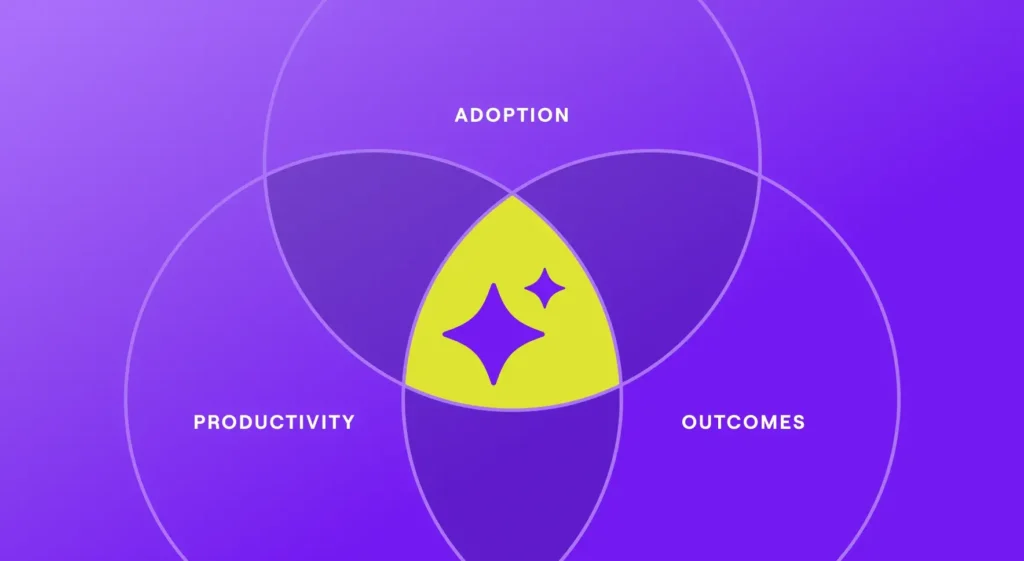What is Change Lead Time?
Change lead time refers to the duration it takes for a change to be implemented and deployed into production. In the context of continuous delivery, change lead time is a critical metric that measures the efficiency of the delivery pipeline.
Continuous delivery emphasizes the importance of automating the software delivery process to enable quick and reliable deployments. In fact, continuous delivery focuses on the manual delivery pipeline. By eliminating manual steps and automating testing, continuous delivery allows for faster releases. Traditional software delivery practices often involve manual steps and are prone to errors and delays. In contrast, continuous delivery promotes the use of automated tools and techniques to streamline the deployment process, reducing change lead time significantly.
The deployment frequency of high-performing organizations is a key indicator of their ability to rapidly deliver value to their customers. These organizations prioritize reducing change lead time and investing in automation to ensure frequent and reliable software deployments. By shortening change lead time, high-performing organizations can respond to customer feedback, and market demands more swiftly, gaining a competitive edge.
Reducing change lead time offers several benefits. First, it enables faster feedback loops, allowing teams to iterate and improve their software more quickly. Second, it enhances the organization’s ability to experiment and innovate, as changes can be rapidly deployed and evaluated. Moreover, shorter change lead time reduces the risk associated with large-scale deployments, as changes can be delivered in smaller, incremental steps.
Organizations must invest in automation, including automated testing, continuous integration, and deployment automation, to achieve shorter change lead times. By adopting these practices, teams can ensure that changes are validated and deployed swiftly without compromising quality or reliability. Additionally, fostering a culture of collaboration and open communication among development, operations, and other stakeholders is crucial in identifying bottlenecks and continuously improving the delivery process.
Change lead time is a key metric in continuous delivery, measuring the time it takes to implement and deploy changes. High-performing organizations prioritize reducing change lead time, leveraging automation and continuous deployment practices to deliver value rapidly. By investing in automation and fostering a collaborative culture, organizations can achieve shorter change lead times, enabling faster feedback loops, increased innovation, and reduced deployment risks.

Lead Time For Changes Vs. Cycle Time
There are several differences in cycle time vs lead time in Agile and other workflows. Lead Time For Changes refers to the amount of time it takes for a change or modification to be implemented from the moment it is requested or initiated until it is fully deployed or implemented. Cycle Time represents the time it takes to complete one full cycle of a specific process or task. It measures the time from the start of a process until its completion.
Lead Time For Changes and Cycle Time differ in their focus and scope. Lead Time For Changes is specifically concerned with the duration between a change being requested or initiated and its complete implementation. This can involve various stages: planning, development, testing, and deployment. On the other hand, Cycle Time is more general and looks at the overall time required to complete a full cycle of a process or task, encompassing all the necessary steps.
To illustrate the distinction, let’s consider a cycle time vs lead time example. Suppose a development team receives a new feature request from a client. The Lead Time For Changes would include the time it takes for the team to analyze the request, plan the implementation, develop the feature, test it, and finally deploy it to the production environment. On the other hand, the Cycle Time for this particular feature would only include the development and testing phases, as these are the essential steps for completing one full cycle of implementing that feature.
Many people also wonder about the differences in cycle time vs. lead time in Kanban. In Kanban methodology, which focuses on visualizing and optimizing workflows, Cycle Time and Lead Time For Changes also play important roles. Cycle Time helps measure the efficiency and speed of a specific workflow stage, while Lead Time For Changes provides insights into the overall speed of delivering changes to the customer.
Wondering how to measure lead time for changes? Measuring Lead Time For Changes can be done by tracking and recording the time it takes for a requested change to move through each stage of the development process. This data can then be analyzed to identify bottlenecks, optimize processes, and improve overall efficiency.
Reducing Lead Time in software development is often a key goal as it enables faster responsiveness to customer requests and a quicker release of new features or bug fixes.
It is important to note that Lead Time For Changes should be considered along with other metrics like Cycle Time and Throughput to comprehensively understand the development process’s effectiveness and efficiency. Comparing lead time vs cycle time vs throughput can give you a better overall picture.
Change Failure Rate
Change failure rate is another important metric that measures the success or failure of changes within a system. It provides insights into the effectiveness and efficiency of the change management process. Calculating the change failure rate involves analyzing the number of failed changes in relation to the total number of changes attempted.
To calculate the build failure rate, follow these steps:
- Determine the time period: Define the specific time frame for which you want to calculate the change failure rate. This could be a month, quarter, or any other relevant time period.
- Identify the total number of changes: Count the total number of changes implemented or attempted during the defined period. These changes can include software updates, process modifications, or any other alterations made to the system.
- Count the failed changes: Identify the number of changes that have resulted in failure. A failed change refers to any change that did not achieve its desired outcome or adversely affected the system.
- Calculate the change failure rate: Divide the number of failed changes by the total number of changes attempted, and multiply the result by 100 to get the failure rate percentage.
The formula for calculating the change failure rate can be expressed as follows:
Change Failure Rate = (Number of Failed Changes / Total Number of Changes Attempted) * 100%
The change failure rate serves as a key performance indicator (KPI) for agility and highlights the effectiveness of the change management process. It helps organizations assess the impact of changes, identify areas for improvement, and make informed decisions regarding implementing future changes.
Mean Time To Recovery
The MTTR meaning in maintenance is Mean Time To Recovery (MTTR). This is a crucial metric used in various industries, particularly in maintenance and operations management. It refers to the average time it takes to restore a system or process to full functionality after an incident or outage occurs. MTTR is closely related to Mean Time To Detect (MTTD) and Mean Time To Respond (MTTR), which collectively provide insights into the efficiency and effectiveness of incident response and recovery processes.
When an incident or failure arises, MTTR measures how quickly the problem can be resolved, and the system can return to normal operations. It encompasses the entire recovery process, including the time required to identify the issue, mobilize the necessary resources, and implement the appropriate solutions. By tracking MTTR, organizations can evaluate the speed and effectiveness of their response efforts and identify areas for improvement.
It is important to note that MTBF and MTTR are complementary metrics. The MTBF full form is Mean Time Between Failures. While MTTR focuses on recovery, MTBF calculates the average time between failures, representing a system’s or equipment’s reliability. By comparing MTBF and MTTR, organizations can gain insights into their systems’ reliability and response capabilities, ultimately enhancing their overall operational efficiency.






